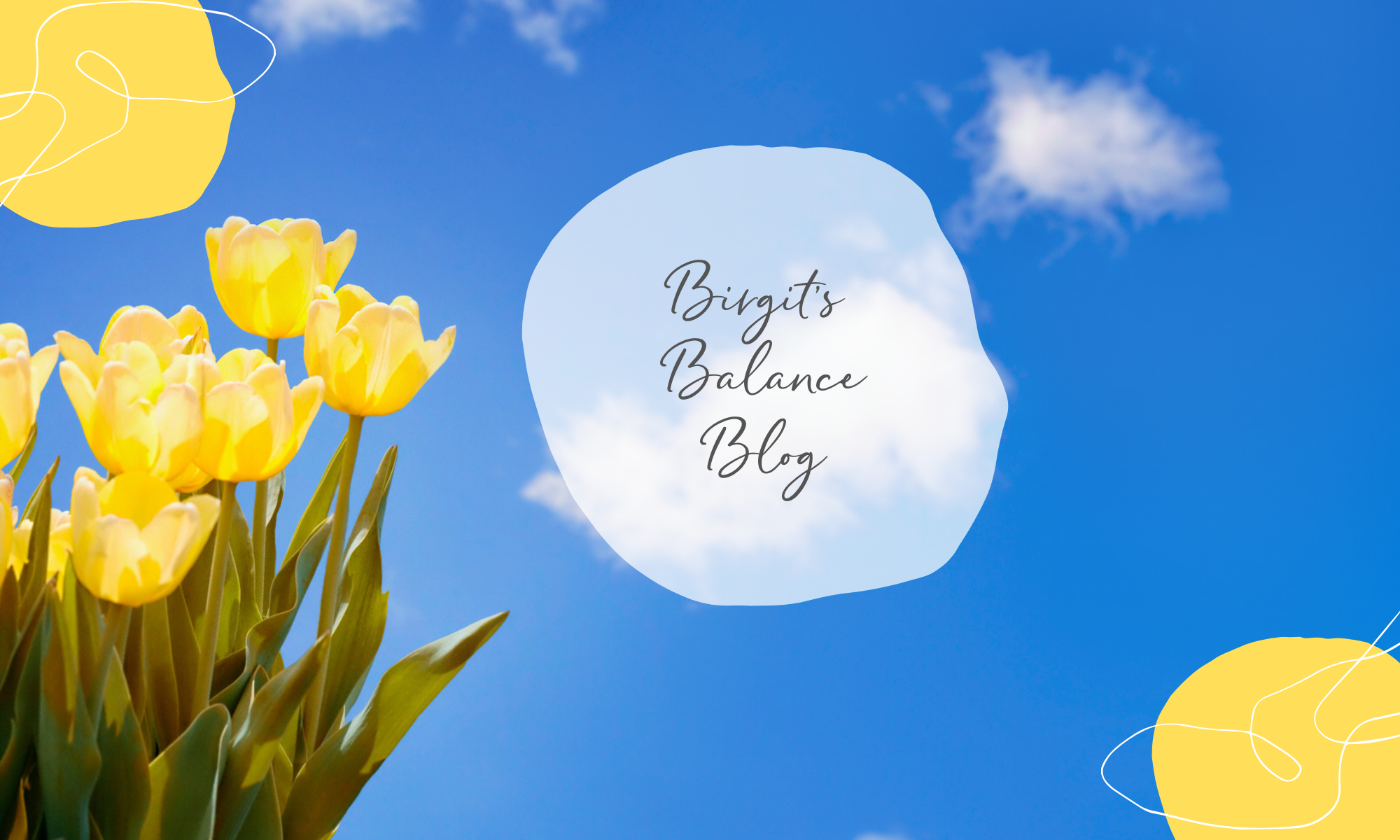
A friend of mine has written the “Project World Peace” on her banner. It may sound a bit too big and not tangible enough at first – but she has broken it down to the most important thing that everything starts with: namely with ourselves. She has also succeeded in making it very tangible: through 30-minute encounters. Her goal is to hold 365 of them – because, in her words, “the simplest form of world peace is encounter.”
And with that she hits the mark, in my opinion. If we practice every day our ability to really engage with others, to allow and let go (also with those who make us uncomfortable!) it would already be a big step.
This also includes being able to hold respect and maintain a peaceful attitude when we have completely different opinions or different values.
When I look at how many relationships and friendships have broken or suffered in the last few months because of the COVID crisis, because opinions suddenly diverged and a peaceful dialogue seemed unattainable, I believe that we still have a lot to learn.
A long journey begins with small steps.
If I can’t have a peaceful discussion with my best friends about our points of view, accept the other person’s one without judging them or trying to “convert” them, how should this happen succeessfully on a global level?
“Few are capable of calmly expressing opinions that differ from the prejudices of those around them; most are even incapable of arriving at such opinions at all.”
Albert Einstein
A good common solution is often only possible if all those involved are allowed to express their needs, motivations and views openly and without fear of rejection. When there is genuine, open, non-judgemental interest.
But how can I get the courage to open up – also to the other person’s opinion – if I feel attacked?
Sure, a binary-judgmental view is easier.
And we also like to have it simple:
Black or white
Good or evil
Guilty or innocent
Right or wrong
Solution A or B
Man or woman .
At the end, our brain needs an explanation as basis for a decision and to take action. And when this explanation is not easy to find, when we are confronted with the inexplicable or the unknown, we become fearful, sometimes even defensive. We quickly build ourselves an explanation that makes us feel comfortable – one that fits into our world view.
But the world is and people are (fortunately!) too complex to be explained in a binary way.
To really engage (with oneself, with the other, with circumstances, with the unpleasant) while maintaining a peaceful attitude is a Herculean task that probably requires a lifetime of practice – and some skills, such as
– being able to let go of being right
– entering encounters with an “I have no idea what it means” attitude
– putting a greater goal (friendship, peace, respect) above one’s own interests
– being aware of unpleasant feelings and evaluations and judgements arising in me, to bear them and to be able to park them
– exploring instead of explaining – to ask more questions instead of telling
– allowing myself and others to change my opinion and point of view and to admit mistakes.
Christina’s project inspired me very much and reminded me of one of my guiding principles:
Peace on the outside begins with peace within me.
I would like to invite you to join me in contributing a little to peace in and around us every day. A positive and hopeful mood initiated by respectful encounters is contagious.
I am far from believing that peace is a goal that we will eventually achieve for all time. Similar to contentment, peace inside and outside is rather a continuous journey of development that requires the will and desire to make it successful.
If you would like to learn more about Christina’s project or even enter into the 30-minute dialogue, follow this link:
365 Encounters – 30 minutes for world peace (missionpeace.global).
I wish you a peaceful week and I am on my way to practise peace now – I can think of some spontaneous training opportunities in my life 😉
Peaceful greetings,
Birgit
